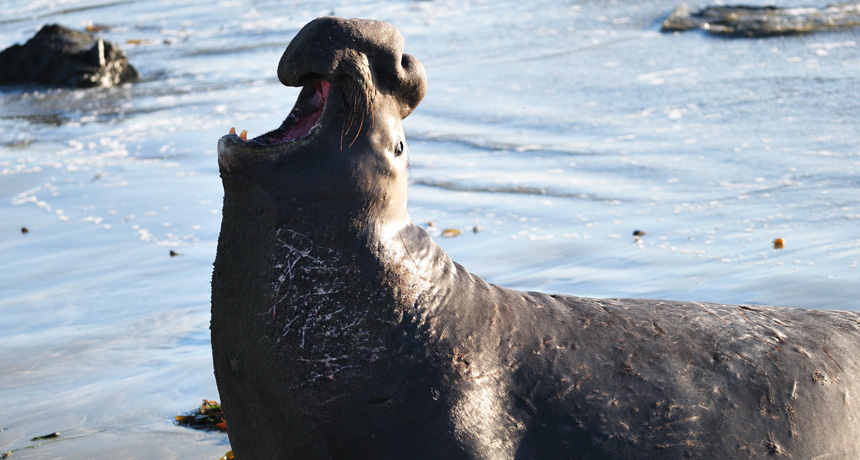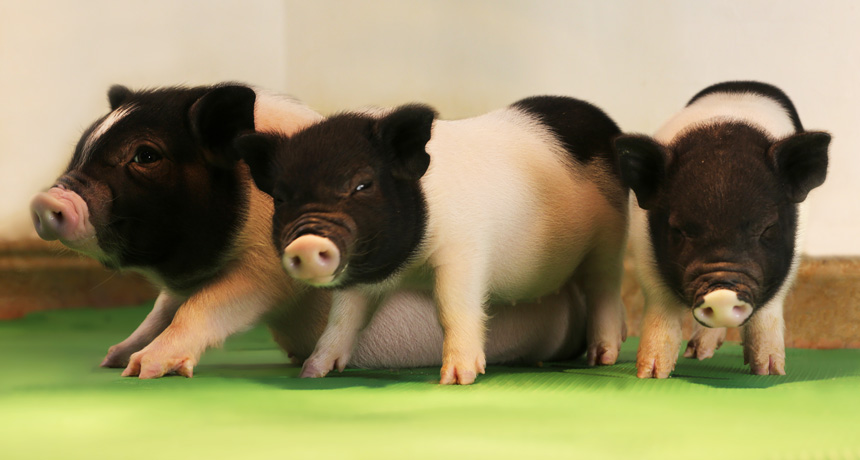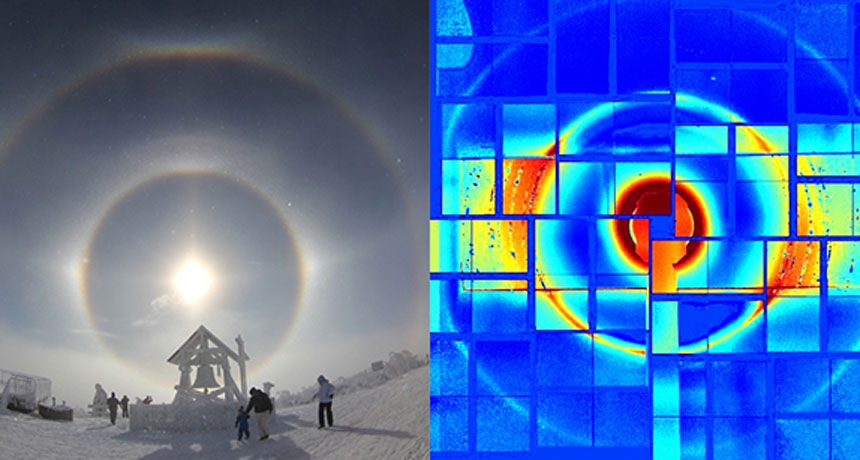Just one night of poor sleep can boost Alzheimer’s proteins

How well, not how much, people sleep may affect Alzheimer’s disease risk.
Healthy adults built up Alzheimer’s-associated proteins in their cerebral spinal fluid when prevented from getting slow-wave sleep, the deepest stage of sleep, researchers report July 10 in Brain. Just one night of deep-sleep disruption was enough to increase the amount of amyloid-beta, a protein that clumps into brain cell‒killing plaques in people with Alzheimer’s. People in the study who slept poorly for a week also had more of a protein called tau in their spinal fluid than they did when well rested. Tau snarls itself into tangles inside brain cells of people with the disease.
These findings support a growing body of evidence that lack of Zs is linked to Alzheimer’s and other neurodegenerative diseases. Specifically, “this suggests that there’s something special about deep, slow-wave sleep,” says Kristine Yaffe, a neurologist and psychiatrist at the University of California, San Francisco who was not involved in the study.
People with Alzheimer’s are notoriously poor sleepers, but scientists aren’t sure if that is a cause or a consequence of the disease. Evidence from recent animal and human studies suggests the problem goes both ways, Yaffe says. Lack of sleep may make people more prone to brain disorders. And once a person has the disease, disruptions in the brain may make it hard to sleep. Still, it wasn’t clear why not getting enough shut-eye promotes Alzheimer’s disease.
Researchers led by neurologist David Holtzman of Washington University School of Medicine in St. Louis speculated that lower levels of brain cell activity during deep sleep would produce less A-beta, tau and other proteins than other stages of sleep or wakefulness. Holtzman, Washington University sleep medicine physician Yo-El Ju and colleagues recruited 17 volunteers, all healthy adults between ages 35 and 65, who had no sleep disorders. “These are good sleepers,” Ju says.
Volunteers wore activity monitors to track their sleep at home and visited the sleep lab at least twice. On one visit, the volunteers slept normally while wearing headphones. On the other visit, researchers played beeps through headphones whenever the volunteers were about to go into deep sleep. The sounds usually didn’t wake the people up but kept them from getting any slow-wave sleep. Volunteers slept just as much on the night when deep sleep was disrupted as they did on the night when no sound was played through the headphones.
Spinal taps showed that the more deep sleep people missed out on, the higher their levels of A-beta in the morning. Tau levels didn’t budge because of just one night of slow-wave sleep disruption, but people whose activity monitors indicated they had slept poorly the week before the test also had higher levels of that protein.
“This study in humans is really an elegant experimental demonstration” that bolsters Holtzman’s hypothesis that lack of rest for brain cells could be detrimental, says Adam Spira, a psychologist at Johns Hopkins Bloomberg School of Public Health. Without proper deep sleep, brain cells continue to churn out, producing more A-beta and tau than a well-rested brain.
Some research has suggested that toxic proteins get flushed out of the brain during sleep (SN: 11/16/13, p. 7). Messing with slow-wave sleep doesn’t seem to interfere with this wash cycle, Ju says. Levels of other proteins made by nerve cells didn’t vary with the lack of deep sleep, she says.








